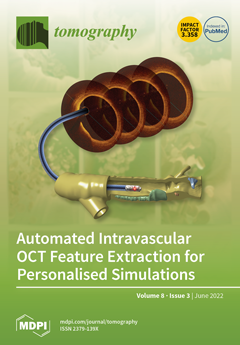Background: The purpose was to determine whether tumor response to CPI varies by organ and to characterize response patterns in a group of surgically treated metastatic RCC patients treated with Nivolumab.
Methods: A retrospective analysis was undertaken between January 2016 and March 2020 on patients receiving Nivolumab for metastatic RCC, following first-line therapy and having at least one baseline and two follow-up scans. A Fisher’s exact test was used to compare categorical variables, and a Kruskal–Wallis test was used to compare continuous variables.
Results: Twenty-one out of thirty patients evaluated were eligible, and they were divided into two groups: responders (n = 11) and non-responders (n = 10). According to all iRECIST standards, 18 (85.7 percent) of the 21 patients had PD (10 patients), PR (3 patients), or SD (8 patients). At baseline, 7, 15, 4, 13, 7, and 7 patients, respectively, had detectable hepatic metastasis and lung, brain, lymph node, soft tissue, and other intra-abdominal metastases; these patients were evaluated for organ-specific response. The ORRs for hepatic metastasis and lung, brain, lymph node, soft tissue, adrenals, and other intraperitoneal metastases were correspondingly 10%, 20%, 35%, 0%, and 25%. In total, 13 (61.9%) of them demonstrated varied responses to CPI therapy, with 6 (28.5%) demonstrating intra-organ differential responses. The lymph nodes (35%) had the best objective response (BOR), followed by the adrenals and peritoneum (both 25%), the brain (20%), and the lung (20%). The response rate was highest in adrenal gland lesions (2/4; 50%), followed by lymph nodes (13/19; 68.4 percent) and liver (5/10; 50%), whereas rates were lowest for lesions in the lung (9/25; 36%), intraperitoneal metastases (1/4; 25%), and brain (1/5; 20%).
Conclusions: In renal cell carcinoma, checkpoint inhibitors have a variable response at different metastatic sites, with the best response occurring in lymph nodes and the least occurring in soft tissue.
Full article






